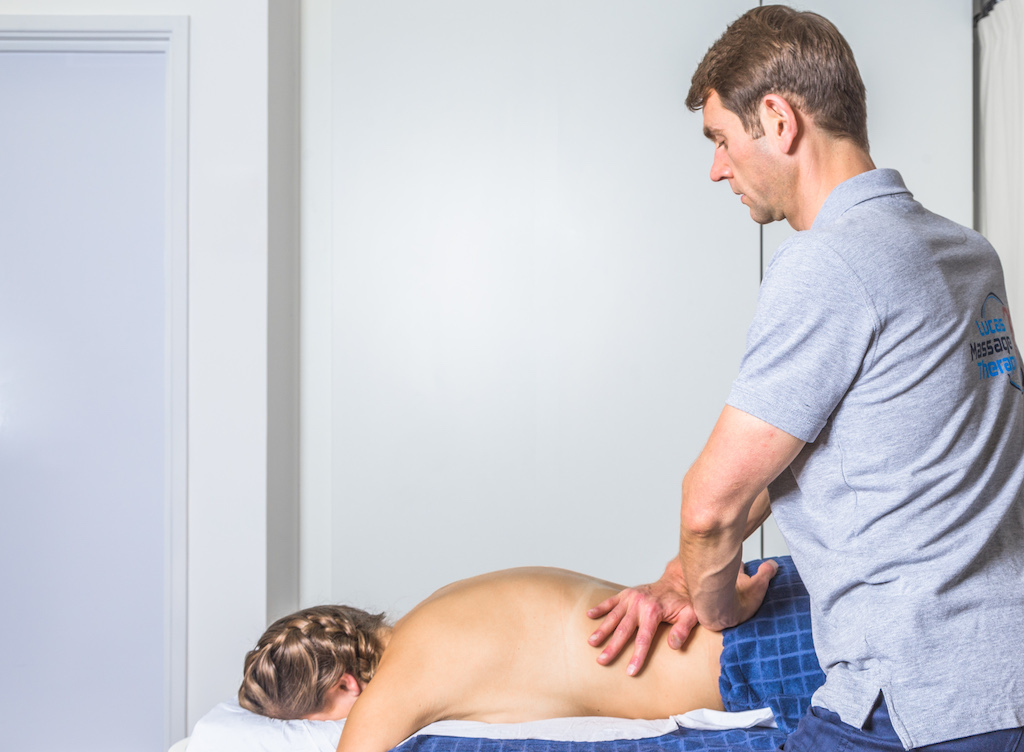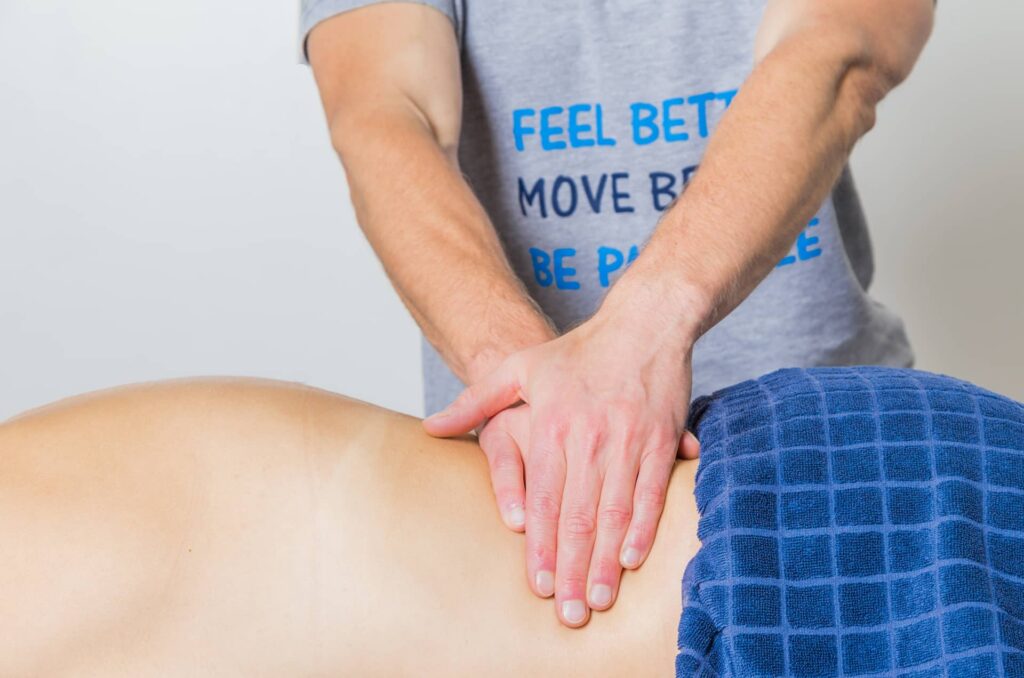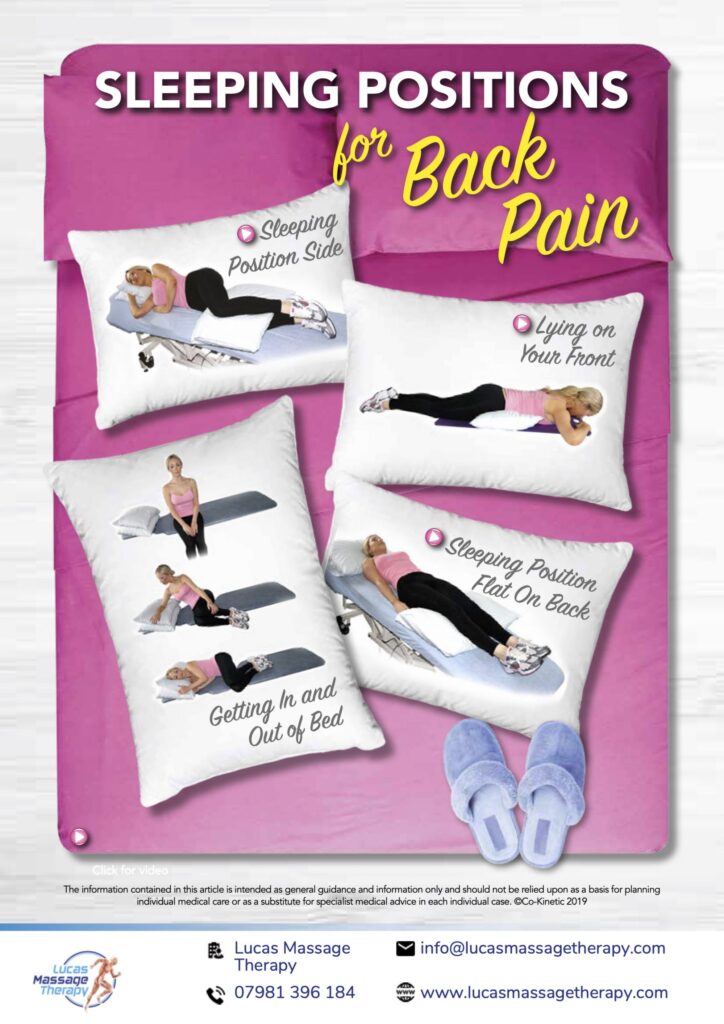A Bulging disk is one that has extended outward beyond its boundary. Pain results due to different forms of degeneration. Pain results because the disk impinges on nerves of the spine or the ligaments connecting the vertebrae. A bulging disc can result if the nucleus pulposus pushes outward. Disc bulges only appear on a magnetic resonance imaging (MRI) scan.
Cause of injury
Successive strains from improper weight training. Age-related degeneration and wear. Stretching of ligaments that connect vertebrae.
Bulging Disc symptoms
Bulging Disc in back pain radiating into the shoulders and legs. Numbness, pain or tingling in the back, the buttocks, upper or lower limb.
Complications unattended
A medical scan needs to be done to diagnose a bulging disc. As a disk bulges over time, it might start to impinge on nerves and cause pain. Sudden stress to the disks, as during weightlifting or about movements. It can lead to herniation or rupture of the disk, a more painful condition that needs proper rehab and rest.
Bulging Disc treatment
Combination of heat and ice to decrease pain and inflammation. Cessation of activity stressing the spinal discs.
Bulging Disc in back rehabilitation and prevention
Building discs usually occur as a natural consequence of the ageing process. They are a precursor to disc rupture or herniation in some cases. A bulging disk is an example of contained injury. Herniated discs are thought to be uncontained. Avoid this injury by minimizing stress on the back.
Long-term prognosis
Severe bulging discs could in time rupture and cause the inner material to extrude into the spinal canal. In moderate cases, ice and rest are enough to relieve pain and free mobility for the athlete.

Bulging Disc treatment – Sports massage Watford.
The good thing is that sports massage can be extremely useful in treating bulging or herniated disc symptoms. The sort of massage therapy will depend on the seriousness of the disk issue. In conclusion, the advantages of therapeutic massage for the treatment of herniated discs are:
- Decrease in pain and muscle spasms;
- Increased range of movement of the joints; and
the prevention of continuing disk degeneration by restoring normal pelvic and spinal alignment.



